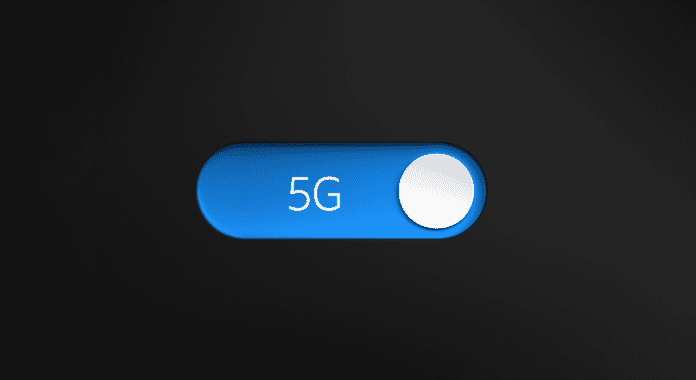Ericsson said that the combination of frequencies used was 50 megahertz FDD n1 and 100 megahertz TDD n77
Ericsson and MediaTek said they have set a new 5G upload speed record of 440 Mbps in low-band and mid-band spectrum using uplink carrier aggregation.
In a release, the Swedish vendor said that the record uplink speed was achieved in an interoperability development test at an Ericsson lab. The test was performed with RAN Compute Baseband 6648 and a mobile device using MediaTek Dimensity 9200 flagship 5G smartphone chipset.
The vendor also explained that the uplink carrier aggregation combination involved a frequency division duplex (FDD) and time division duplex (TDD) channel, in a frequency range widely deployed in current 5G networks.
The partners said that the combination of frequencies used was 50 megahertz FDD n1 and 100 megahertz TDD n77. By aggregating these two bands, communications service providers can considerably increase their uplink speeds, resulting in better network performance and user experience, Ericsson said.
Sibel Tombaz, head of the 5G RAN product line at Ericsson, said: “The 440 Mbps upload speed achieved by Ericsson and MediaTek will help make that difference. We are also continuously designing innovative solutions for optimizing 5G networks so our customers can make the best use of their spectrum assets.”
HC Hwang, general manager of wireless communication system and partnership at MediaTek, said: “The successful result of combining Ericsson’s state-of-the-art 5G baseband and MediaTek’s flagship smartphone chip has achieved another 5G industry milestone, and paves the way for superior mobile experiences to benefit users every day.”
The two companies noted that uplink speed is becoming more crucial with the expected uptake of gaming, XR, and video-based apps.
In March, Ericsson and MediaTek said they had successfully merged four channels – one FDD and three TDD – to deliver a downlink speed of 4.36 Gbps, the highest known speed based on this band combination.
At that time, the European vendor said this four-component carrier (4CC) aggregation combination will increase the 5G deployment options for communications service providers by blending different frequency bands.
In an interoperability development test (IoDT), the two companies completed the 5G data call using one low-band and three mid-band channels in the sub-7 GHz frequency range (FR1) bands, where most 5G data traffic is typically carried.
Ericsson also explained that carrier aggregation provides the unique capability to combine many frequency bands, adding that the combination of FDD spectrum with TDD spectrum will enable more users to benefit from carrier aggregation gains.
The downlink peak rate of nearly 4.4 Gbps was reached by combining 20 megahertz of AWS (Advanced Wireless Service) band, 80 megahertz of CBRS (Citizens Broadband Radio Service) band and 200 megahertz of C-band spectrum, the vendor said.
The test was carried out using MediaTek M80 5G modem, Ericsson’s Baseband 6648, TDD massive MIMO radios AIR3268, AIR3239, and TDD Radio 4426.

